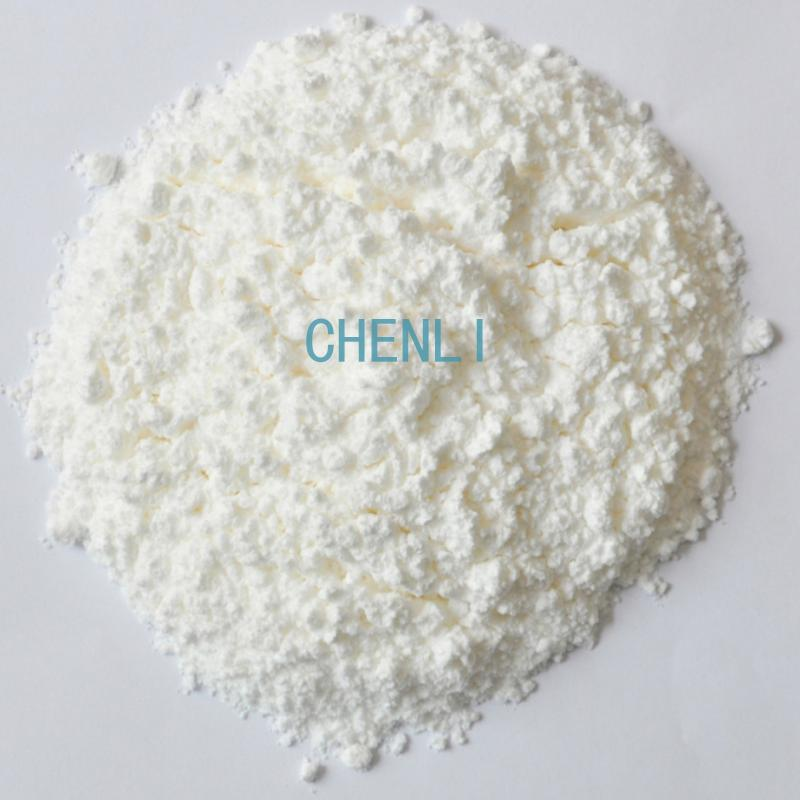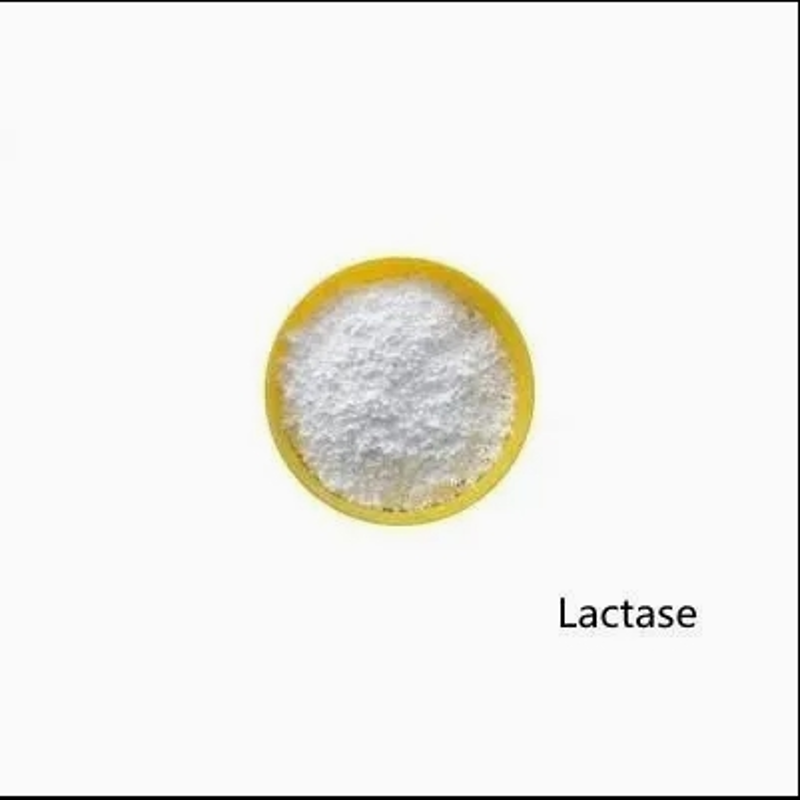-
Categories
-
Pharmaceutical Intermediates
-
Active Pharmaceutical Ingredients
-
Food Additives
- Industrial Coatings
- Agrochemicals
- Dyes and Pigments
- Surfactant
- Flavors and Fragrances
- Chemical Reagents
- Catalyst and Auxiliary
- Natural Products
- Inorganic Chemistry
-
Organic Chemistry
-
Biochemical Engineering
- Analytical Chemistry
-
Cosmetic Ingredient
- Water Treatment Chemical
-
Pharmaceutical Intermediates
Promotion
ECHEMI Mall
Wholesale
Weekly Price
Exhibition
News
-
Trade Service
Among the national standards for food nutrition fortifications, there is a food fortified agent called
"
casein phosphate
. Casein, phosphoric acid and peptides, these three things separate from each other may be more familiar, the three are connected together is what kind of thing? Is it used
to
"
"
what kind of nutrition?It has to start with calcium.the body needs to take a certain amount of calcium from its diet every day. The amount of calcium in different foods is different, and the proportion absorbed by the human body is not the same. Many people know that dairy products are high in calcium and easy to absorb, and some plants also contain a considerable amount of calcium, but it is difficult to absorb.this difference comes from the different states of existence of calcium. Calcium absorbed by the human body needs to be in an ion state, but calcium this ion is too unsymonscing
-
middle school chemistry, calcium and most anion-forming salts are difficult to dissolve. In food and drink, there are often a variety of anions, so calcium is generally in a state of close union with them. To the small intestine, also will not be separated into ions, it is difficult to be absorbed by the human body. Calcium in plants, for example, binds to phytic acid in plants and basically has to pass through the intestines.many proteins in milk, about
80%
of which are casein. The molecular structure of casein is distinctive, not as tight as many other proteins, but as soft as a rope. There are several brothers in the casein family, one of which has a concentration of hydrophobic amino acids and the other is mostly hydrophobic amino acids. So, the hydrophobic side likes to get together, and the hydrophobic side rushes outside, responsible for dealing with the surrounding water. Other casein brothers also like to hide in it, forming a
"
", "
".
these casein molecules have specific amino acid structures that attract anions and calcium ions of phosphate. In the condition of casein, these phosphate anions and calcium ions do not crystallize to form precipitation, but are unorthomized and unruly in a bundle with casein.the casein beam is stable and will not disintegrate even if heated at high temperatures and preserved over a long period of time. Among them, calcium ions and phosphate anions are partially angized and in the glue beam, although the concentration is higher than the concentration of precipitation formed in the usual aqueous solution, it is also safe. By the time the protein enters the stomach and is cut into small pieces by proteases, the peptides formed are still stubbornly resistant to further attacks by proteases, protecting these calcium and phosphate anions until they are absorbed in the lower part of the small intestine.these peptides, there is often a specific structure: three consecutive phosphates and then two glutamates. Scientists used enzymes to cut out casein and isolate peptides containing this particular structure, known ascasein phosphate peptides
"
, or
CPP.they added the resulting
CPP
to an aqueous solution that simulates a small intestine environment, adding different concentrations of calcium and finding that they do allow more calcium to remain dissolved without precipitation. Further research has found that not only on calcium has such an effect, for iron, zinc and other two-priced metal ions have a similar effect. They also had trouble synthesized peptides in such structures, confirming that they had the same effect. In this way, they came to
:
of CPP can be combined with a certain amount of calcium ions, to avoid precipitation.the body needs more calcium every day, and many conventional foods contain less calcium. For those who don't eat that product, getting enough calcium is not easy. In the diet to strengthen calcium, there is a market demand
-
in food to add easy to lack of nutrients, is second only to a reasonable diet to achieve a positive way to achieve nutritional balance. For calcium and other food ingredients have a strong binding capacity of the ingredients, not only to consider the addition, but also to consider the absorption efficiency after the addition. Especially in beverages, the general way of calcium, calcium is easy to precipitate out, not only difficult to absorb, but also affect the appearance of the beverage
-
who see the precipitation of drinks, it is inevitable that is inferior products. And
CPP
, is a very good calcium-reinforced carrier., the above experiments only show that it can bind to calcium, and does not indicate that it contributes to calcium absorption. In order
to
eligible for the
"
" of "nutritional fortifications", absorption experiments are also necessary. Fortunately, the
CPP
was also very competitive, showing better absorption capacity than the control group, and was recognized and selected in the national standard of
"
.more
on
CPP is its help in mineralizing teeth. The main component of teeth is calcium phosphate. These calcium phosphates will slowly
"de-mining
"
, or they may be deposited from saliva
"
remedulation
".
to protect your teeth, you need to prevent de-mining. For serious de-mining, the
remedulation
"
treatment
-
is to provide calcium phosphate in a dissolved state so that they are deposited in the teeth.if
phosphate
calcium ions are added to the CPP
.
Because of the presence of the specific structure of the
"
three consecutive phosphates and then two glutamate
"
, these phosphate anions and calcium ions are in a state called
" "
. The resulting entire product is also called
"
casein phosphate peptide
-
calchur phosphate amoeba
"
complex, referred to as
CPP-ACP.
add such compounds to oral products such as toothpaste or chewing gum, phosphate anions and calcium ions are in a state of immediate departure, until the teeth are tightly integrated and deposited on the teeth. several randomized controlled clinical trials have supported this idea. One experiment, for example, recruited
2,720,
students to check the condition of their neighbors
-
, which occurs on the side adjacent to the teeth and cannot be brushed by brushing their teeth. The students were randomly divided into two groups and asked to chew sugar-free gum three times a day for 10
10
each time. One group of chewing gum contains
CPP-ACP
, while the other group does not.
24
months later, a second examination found that the group of students who chewed
CPP-ACP
gum were
18 percent less likely to develop their caries. important to note that whether it's
CPP
or
CPP-ACP
, it's only helpful to increase calcium absorption or deposition. It is only one of the various programmes to achieve the same effect. It works, but it's not magical.







